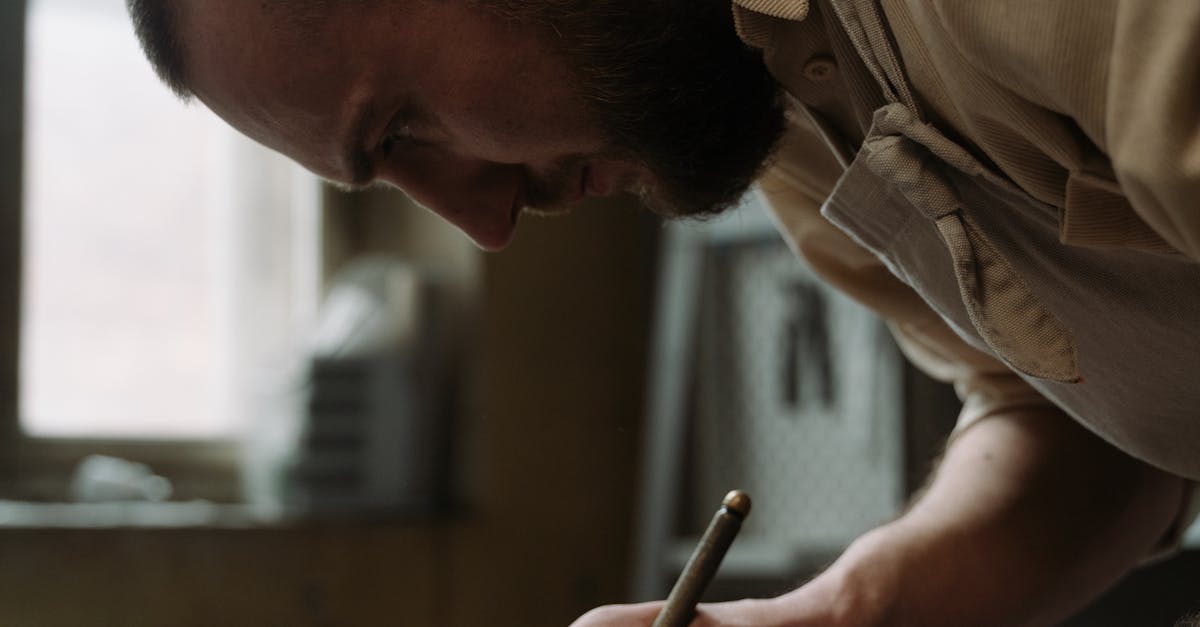
Common Causes of Emergency Glass Breakages in Brisbane
Table Of Contents
Thermal Stress
Glass is susceptible to thermal stress, which occurs when there are significant differences in temperature across its surface. In Queensland, the warm climate can lead to rapid heating during the day, followed by cooler evening temperatures. This sudden change can cause the glass to expand and contract unevenly, leading to cracks or breaks if the stress exceeds the material's tolerance level. High-performance glazing is designed to withstand some thermal variations, but frequent and extreme changes can still pose a risk.
The orientation of the glass also plays a role in how it responds to temperature changes. Panels that receive direct sunlight may heat more quickly than those in shaded areas, creating disparities in temperature that contribute to stress. Additionally, improper installation can exacerbate this issue, leaving the glass with inadequate support where thermal expansion can result in significant strain. Regular inspections can help identify potential vulnerabilities before they lead to emergency breakages.
How Temperature Changes Affect Glass
Temperature fluctuations can significantly impact the integrity of glass. When subjected to rapid cooling or heating, glass may experience thermal stress, leading to expansion or contraction. Such changes can result in cracks or even complete breakage if the glass cannot accommodate the stress. It is crucial for glass manufacturers to consider these factors, particularly in regions like Brisbane, where temperatures can vary considerably throughout the year.
Inappropriate installation can exacerbate the effects of temperature changes. If windows are fitted too tightly or without enough allowance for movement, they become more vulnerable to damage. As the glass expands in warmer weather, pressure builds up in the frame, increasing the risk of shattering. Regular maintenance and careful selection of glass types can help mitigate these issues, enhancing durability against Brisbane's climate.
Structural Movement
Buildings naturally settle over time due to various factors, leading to potential issues with their structural integrity. Windows are particularly susceptible to these movements. Even slight shifts in a building's foundation can create tension along the frames, which may result in cracks or breaks in the glass. Regular monitoring of structures can help in identifying these shifts early, allowing for timely interventions before significant damage occurs.
The materials used in window fabrication also play a crucial role in their resilience against structural movement. Windows must be installed correctly to accommodate settling and other movements. Poor installation or inadequate support can exacerbate the effects of structural shifts, thus heightening the risk of breakage. Understanding the interplay between a building's movement and window integrity is essential for maintaining safety and preventing emergency situations related to glass breakages.
Effects of Settling Foundations on Windows
Windows can be significantly affected by the settling of building foundations. As structures shift due to ground movement or erosion, it can create uneven pressure on the frames holding the glass. This disparity may lead to cracks or chips, compromising the overall integrity of the window. If left unchecked, these issues can escalate, resulting in more extensive damage and costly repairs.
Improper alignment of windows can also stem from settling foundations, resulting in gaps between the glass and the frame. These gaps not only allow drafts but also expose the glass to increased risk of breakage. Over time, stress on the glass can weaken it, making it more susceptible to shattering from impacts or changes in temperature. Regular inspections and maintenance of windows are crucial to mitigate these risks.
Manufacturing Defects
Manufacturing defects can significantly compromise the integrity of glass products. Issues may arise during the production process, such as improper annealing or flaws in the raw materials. These imperfections can lead to subsequent weaknesses in the glass, making it more susceptible to breaking under pressure or impact.
It is essential to identify quality issues in glass products to prevent accidents and ensure safety. This involves thorough inspection of the glass for any visible flaws like scratches, bubbles, or inconsistent thickness. Manufacturers should adhere to stringent quality control measures to minimise the risk of defects and provide reliable products to consumers.
Identifying Quality Issues in Glass Products
When evaluating glass products, it is crucial to inspect for visible flaws such as bubbles, scratches, or distortions. These imperfections can significantly compromise the integrity of the glass, leading to potential breakages under stress. A thorough examination should also include checking for proper thickness and uniformity.
It is essential to consider the source of the glass, as reputable manufacturers follow rigorous quality control processes. Standards in quality assurance should be adhered to, ensuring that the glass has been tested against various stresses. Understanding these factors can help consumers make informed choices, ultimately reducing the likelihood of unexpected breakages.
FAQS
What is thermal stress and how does it affect glass?
Thermal stress occurs when there are rapid temperature changes that cause different parts of the glass to expand or contract unevenly, leading to breakage.
How can structural movement lead to glass breakages?
Structural movement, such as the settling of foundations, can create pressure on windows and glass elements, causing them to crack or break.
What are some common signs of manufacturing defects in glass products?
Common signs of manufacturing defects include bubbles, uneven surfaces, and visible scratches or distortions that may compromise the glass's integrity.
How can I prevent emergency glass breakages in my home?
To prevent breakages, ensure proper installation of windows, regularly inspect for signs of wear, and avoid exposing glass to extreme temperature changes.
What should I do if my glass breaks unexpectedly?
If glass breaks, ensure your safety first by keeping a safe distance. Contact a professional to clean up the area and assess the situation for repairs or replacements.
Related Links
Step-by-Step Guide to Temporary Glass SolutionsThe Importance of Professional Emergency Glass Repair Services
Understanding Insurance Coverage for Emergency Glass Repairs
Finding Reliable Emergency Glaziers in Brisbane
Customer Experiences with Emergency Glass Repair Services
Cost Factors in Emergency Glass Repairs for Brisbane Residents